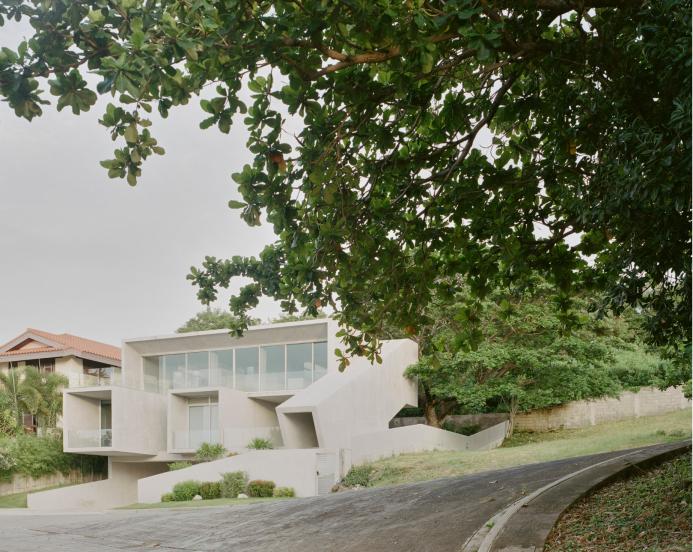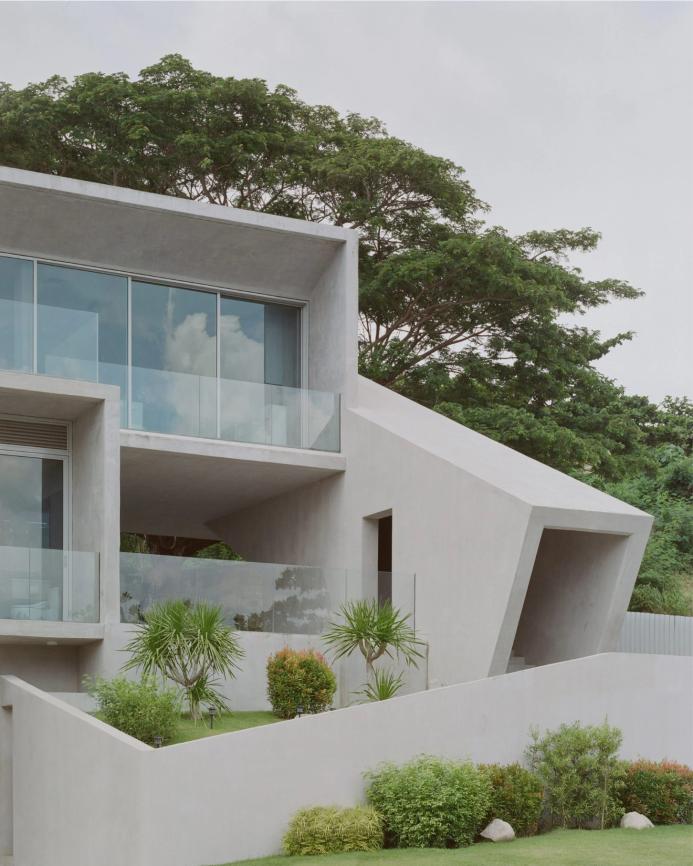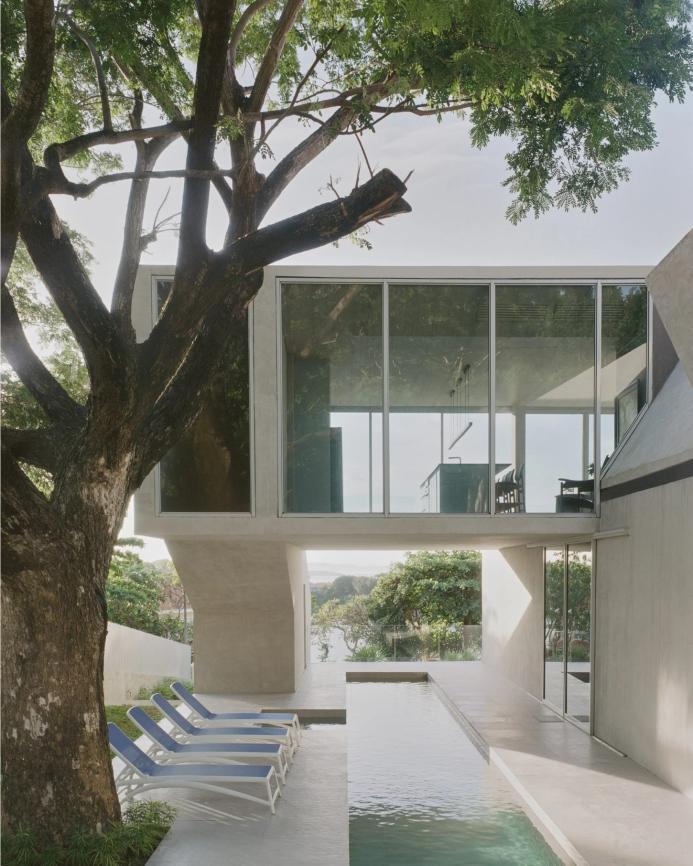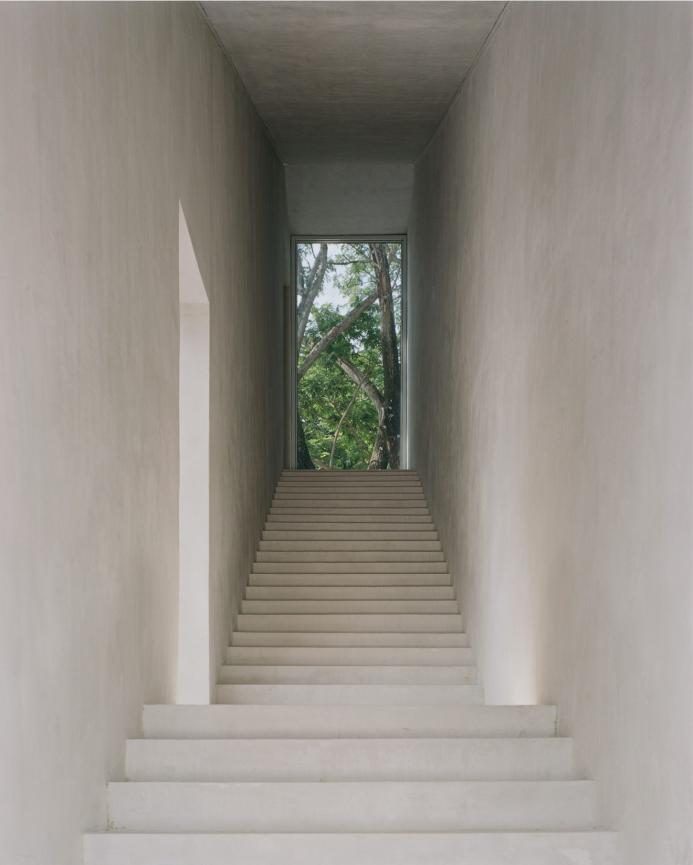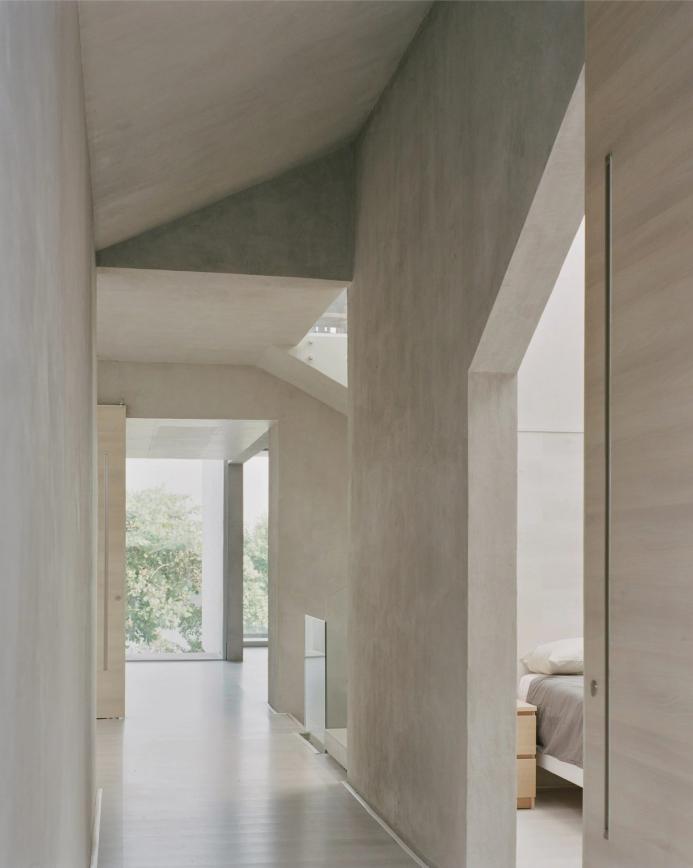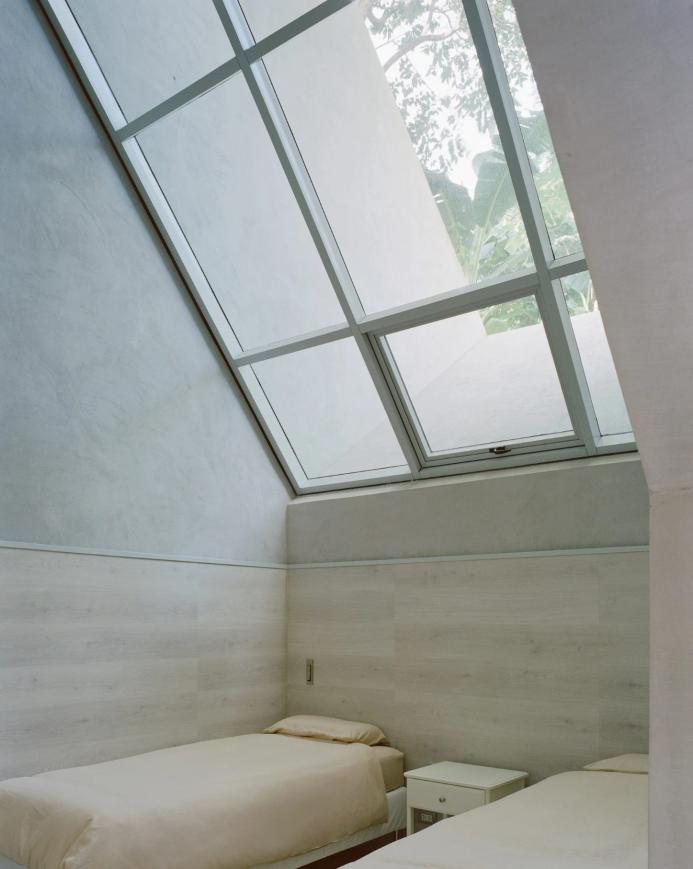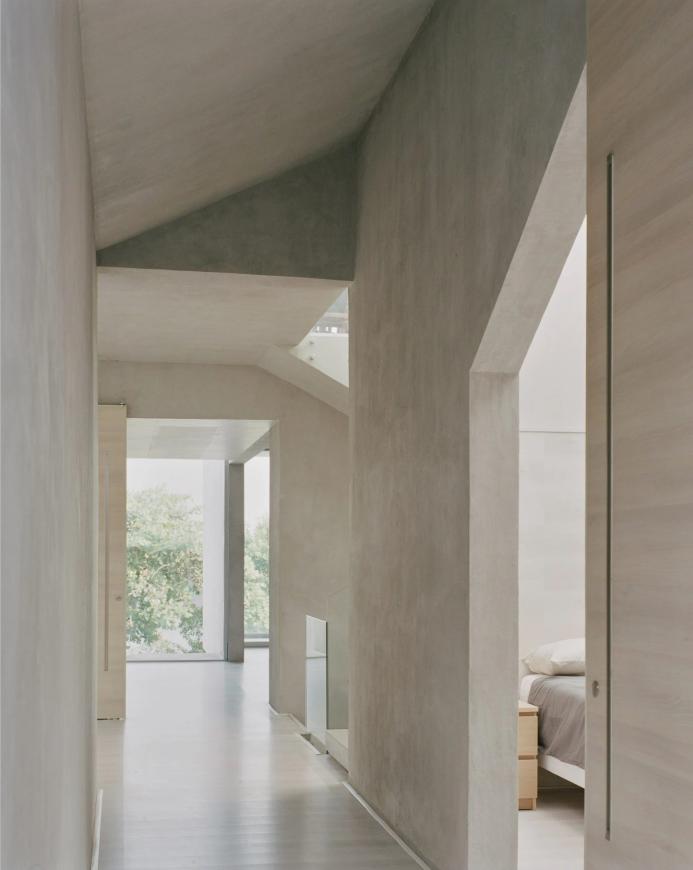CAZA completes cast-concrete house
New York’s CAZA has completed a cast-concrete house in the Philippines that aims to optimise passive cooling and natural ventilation.
The FR House is a cast-in-place concrete house in Punta Fuego, Philippines, just two hours from Manila.
New York’s CAZA has completed a cast-concrete house in the Philippines that aims to optimise passive cooling and natural ventilation.
The FR House is a cast-in-place concrete house in Punta Fuego, Philippines, just two hours from Manila.
Its design, according to CAZA founder Carlos Arnaiz, was driven by two concerns: the first, to integrate with the steep topography and views of the waterfront, and the second, to create natural ventilation and minimize mechanical cooling.
FR House comprises a series of "concrete cubes" that facilitate cross-ventilation and regulate its temperature during the warmest times of the day.
According to Carlos Arnaiz, founder of CAZA, this is essential in a climate that is hot and humid year-round. Speaking to Dezzen, he said: "Concrete was chosen for its efficiency in combining thermal mass and structural volume, allowing for effective cooling of the house while minimising the space required for the structure. The concrete absorbs heat during the hot, sunny days, keeping the living areas cool. When the temperature drops, the heat is released into the interiors.”
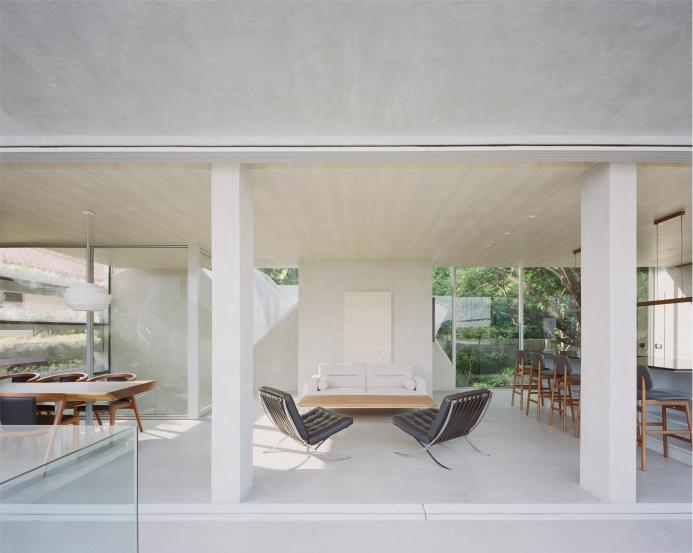
The steep, narrow topography of the site dictated the character of the house from the start, with a cluster of volumes organized around a ground-floor garden. Each one defines a different room in the house and has a single window that frames a particular view of the ocean, landscape, or sky.
By using cast-in-place concrete, the design minimizes the amount of space required for the building’s structure, helping maximize living space on the narrow site. The material also works to keep the house passively temperature-controlled. The concrete absorbs heat during the hot, sunny days, keeping the living areas cool. When the temperature drops, the heat is released into the interiors.
Left raw and unfinished, the concrete lends the interiors a sense of casual sophistication. Throughout, light wood finishes in places where the body comes into contact with the space—like door handles, handrails—accentuate and add warmth to the concrete.

